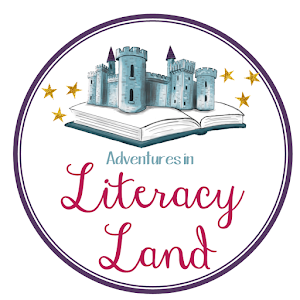Over the past few years, I have worked hard on my guided reading routine. It has changed as I moved from classroom teacher to pull out Title I teacher to push in Title I teacher. It has changed as my time allotment has increased or decreased. It has changed as my kids have changed.
This year my guided reading routine changed again. (You can read a full break down of my routine over at Curious Firsties.) I saw some gaps in what I was doing; therefore, I attended some PD and completed some observations of the OG teacher in my building. And what it came down to is that I wanted more multisensory teaching to be occurring. But...it had to be efficient and effective because (as we all know) time is precious.
Here are a few multisensory techniques that I have included in my daily routine. (I still have room to grow, but this is a start.)
When it came to sight words, I have always used flashcards and then we found those words in context.
Now I do a few different things:
First I introduce the word orally and visually with these sight word cards from Child1st.
Once the word has been introduced, we do a "mix and fix" with letter tiles.
As a student is "fixing" the word, the other students are finger spelling the word on the table. Then they all write the word using a pen and a textured placemat.
These additions only take an extra 2 minutes to my group because of the way that I have them structured. But they have made a BIG impact on my students.
I am testing out some other multisensory techniques (such as the power of scent for some vowel sounds) but I am not quite perfected these yet :)
What multisensory techniques do you include?














































